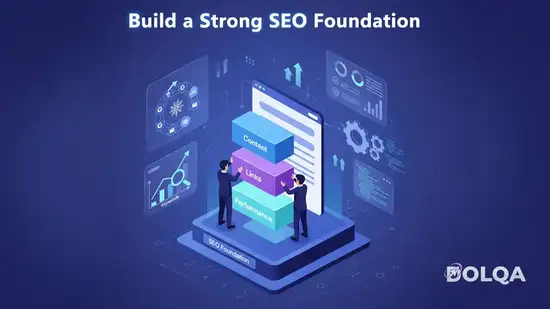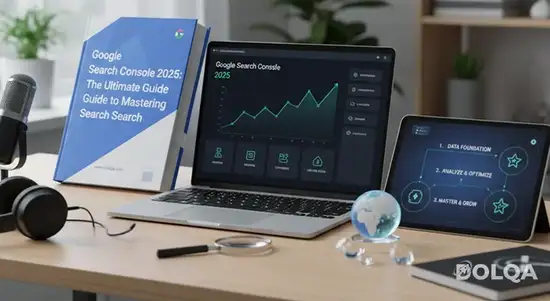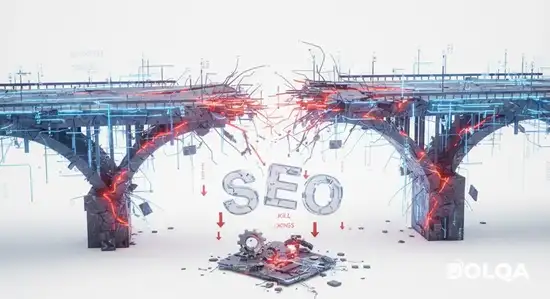New to SEO? Here’s How to Build a Strong Foundation for Your Website
Struggling with SEO basics? Learn how to build a strong SEO foundation for your website with this beginner-friendly guide covering on-page SEO, technical SEO, and Google ranking factors.
Introduction
If you’re new to SEO (Search Engine Optimization), the sheer volume of information can feel overwhelming. But don’t worry—every expert started as a beginner. By mastering the SEO basics, you can set a strong foundation for your website and improve its visibility on search engines like Google.
In this guide, we’ll cover:
- On-page SEO (optimizing content and structure)
- Technical SEO (ensuring search engines can crawl and index your site)
- Key Google ranking factors to prioritize
- A technical SEO checklist to get started
By the end, you’ll have a clear roadmap to improve your website’s search engine performance.
1. Understanding SEO Basics
SEO is the process of optimizing your website to rank higher in search engine results pages (SERPs). A strong SEO foundation involves three main pillars:
- On-Page SEO – Optimizing individual pages for relevance and user experience.
- Technical SEO – Ensuring your site is crawlable, fast, and secure.
- Off-Page SEO – Building authority through backlinks and brand mentions.
Since you’re just starting, we’ll focus on on-page SEO and technical SEO—the most actionable steps for beginners.
2. On-Page SEO: Optimizing Your Content
On-page SEO ensures that search engines understand your content and rank it appropriately. Here’s how to optimize it:
A. Keyword Research & Placement
- Use tools like Google Keyword Planner or Ubersuggest to find relevant keywords.
- Include your primary keyword in:
- The title tag (H1)
- The meta description
- The first 100 words of your content
- Subheadings (H2, H3)
- URL structure (e.g.,
yourwebsite.com/seo-basics)
B. Content Quality & Readability
- Write high-quality, original content that answers user queries.
- Use short paragraphs, bullet points, and images to improve readability.
- Aim for 1,000+ words for in-depth guides (longer content tends to rank better).
C. Internal Linking
- Link to other relevant pages on your site to improve dwell time and site structure.
- Use anchor text that describes the linked page (e.g., "Learn about technical SEO").
3. Technical SEO: Ensuring Search Engines Can Crawl Your Site
Technical SEO ensures search engines can access, crawl, and index your website efficiently. Here’s a technical SEO checklist to follow:
A. Mobile-Friendliness
- Use Google’s Mobile-Friendly Test to check if your site is responsive.
- Ensure buttons and text are readable on mobile devices.
B. Page Speed Optimization
- Compress images using TinyPNG or ShortPixel.
- Enable browser caching and use a CDN (Content Delivery Network).
- Minimize HTTP requests by reducing unnecessary plugins.
C. Secure Website (HTTPS)
- Install an SSL certificate to switch from HTTP to HTTPS.
- Google prioritizes secure websites in rankings.
D. XML Sitemap & Robots.txt
- Submit an XML sitemap to Google Search Console.
- Use robots.txt to control which pages search engines can crawl.
E. Fix Broken Links & Redirects
- Use Screaming Frog or Ahrefs to find and fix 404 errors.
- Set up 301 redirects for moved or deleted pages.
4. Key Google Ranking Factors to Prioritize
Google uses over 200 ranking factors, but these are the most important for beginners:
- Content Quality & Relevance – High-quality, well-researched content ranks better.
- Page Speed & Mobile-Friendliness – Slow sites get penalized.
- Backlinks (Off-Page SEO) – Links from authoritative sites boost rankings.
- User Experience (UX) – Low bounce rates and high dwell time signal good UX.
- Technical SEO Health – Crawlability, indexing, and security matter.
6. Conclusion
Building a strong SEO foundation is essential for long-term success. By mastering on-page SEO and technical SEO, you’ll improve your website’s visibility and attract more organic traffic.
Start with the technical SEO checklist, optimize your content, and track your progress. Over time, your efforts will pay off with higher rankings and more visitors.
Ready to dive deeper? Explore advanced SEO strategies like link building and local SEO to take your website to the next level!
Sources & References
- Google Search Central – SEO Starter Guide
- Moz – Beginner’s Guide to SEO
- Backlinko – Google’s 200 Ranking Factors







Comments (0)
Leave a Comment
No comments yet. Be the first to comment!